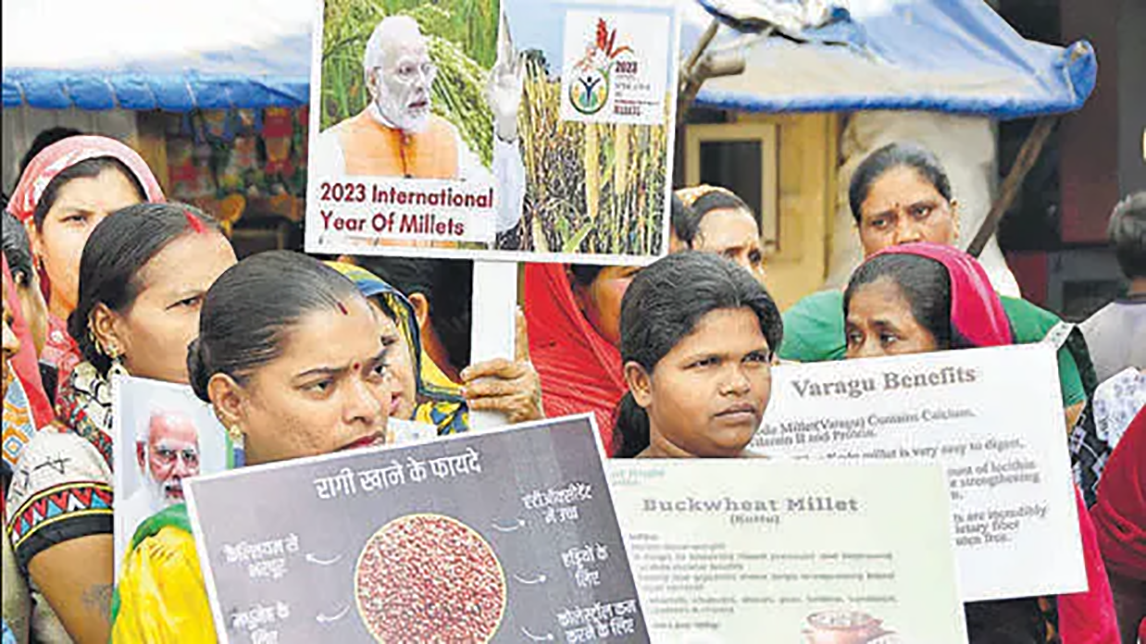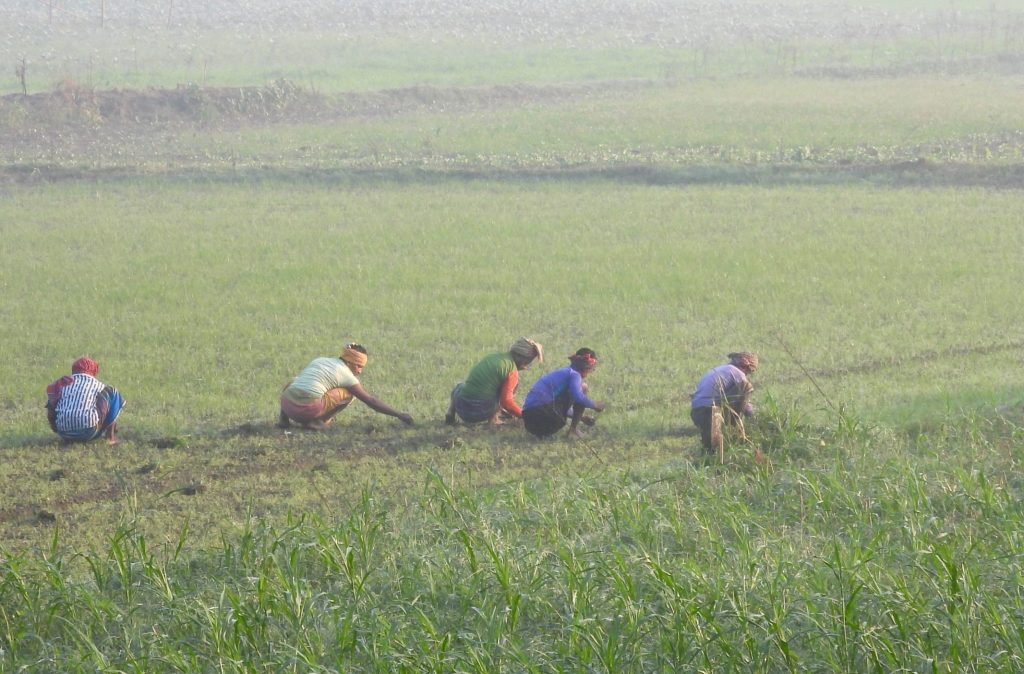
Analyzing the Oversight and Its Impact
The Union Budget for the Financial Year 2024-25, presented by Union Finance Minister Nirmala Sitharaman, is notable for what it omits as much as for what it includes. Despite the widespread recognition of millets as a key agricultural product during the International Year of Millets (IYM) and the National Year of Millets, this year’s budget conspicuously lacks any mention of them. This omission raises several pertinent questions and concerns among stakeholders and advocates of millet production and consumption.
1. Lack of Focus on Millets: Financial Allocations or Policy Shift?
One possible reason for the absence of millets in the budget could be the substantial allocation of 1.52 lakh crores to the agricultural and allied sectors. However, this broad allocation may not necessarily translate into specific support for millet production. The question remains whether this is a policy shift or a mere oversight.

Image credits: Hindustan Times
"Millets, being climate-resilient and nutritionally superior, were expected to receive continued support to sustain the momentum gained during the IYM and National Year of Millets."
2. Current Status of Millet Production:
In terms of production, the situation of millets remains a mixed bag. Post IYM and National Year of Millets, the awareness and interest in millets have surged. However, the actual production data suggests that the anticipated growth has not been fully realized. Challenges such as supply chain inefficiencies, lack of proper storage facilities, and fluctuating market prices have hindered significant progress. For the latest and most reliable data on millet production, the Ministry of Agriculture and Farmers’ Welfare and the Food and Agriculture Organization (FAO) are the best sources.


Image credits: The Hindu
3. Fluctuations in Supply and Prices: The Ground Reality
Several FMCG companies that had ventured into millet-based products are now facing difficulties due to erratic supply and volatile prices. On the ground, farmers are struggling with inconsistent demand and insufficient market linkages, which disrupts the supply chain. These fluctuations not only affect the pricing but also the availability of millet-based products, putting the companies in a challenging position. The lack of targeted support in the recent budget could exacerbate these issues, leading to further instability in the market.


4. Production-Linked Incentive Scheme: A Missed Opportunity?
The Ministry of Food Processing Industries (MOFPI) had implemented a production-linked incentive scheme for millet-based products from 2022-23 to 2026-27, with an outlay of ₹800 crores. However, the on-ground impact of this scheme appears to be negligible. Reports suggest that no millet startups or Farmer Producer Organizations (FPOs) have benefited from this initiative. This raises concerns about the disbursement and utilization of these funds. It is imperative to investigate where these funds have gone and identify the direct beneficiaries. Transparency in the allocation and utilization of these incentives is crucial to ensure that the intended support reaches the grassroots level.


Conclusion
Addressing the Gaps for a Millet-Driven Future - Who will bell the cat?
The omission of millets from the 2024-25 Union Budget is a significant oversight that needs immediate redressal. With the growing interest and potential of millets as a sustainable and nutritious crop, it is essential to ensure continuous and focused support from the government. Addressing the current challenges in production, supply chain, and market dynamics is critical for the growth of the millet sector. Ensuring the effective implementation of incentive schemes and transparent allocation of funds will go a long way in promoting millets and benefiting farmers, startups, and consumers alike.
Urging stakeholders and policymakers to take proactive measures for sustainable growth!
IS360 Can be Reached at
Sharing is caring!

